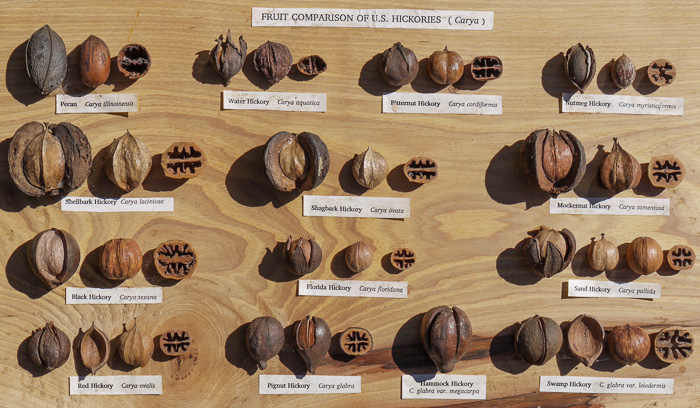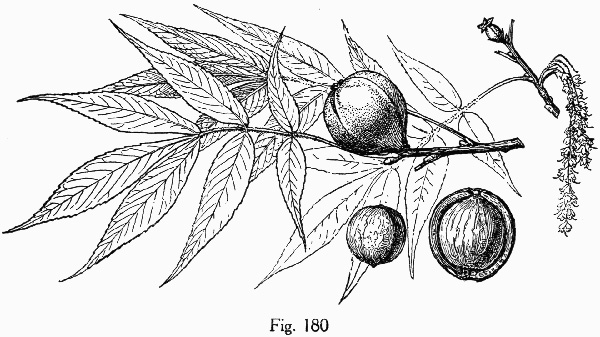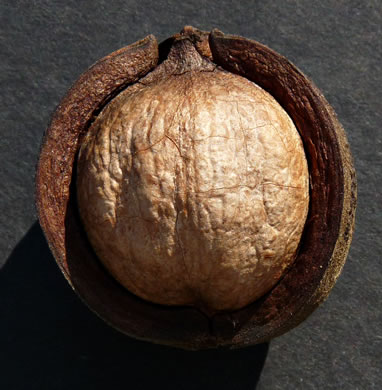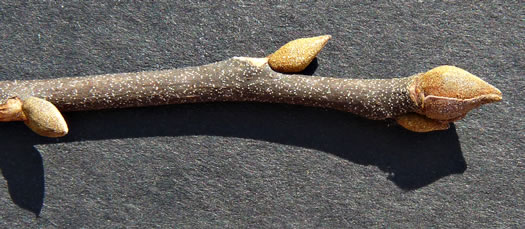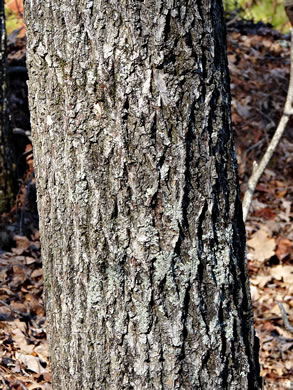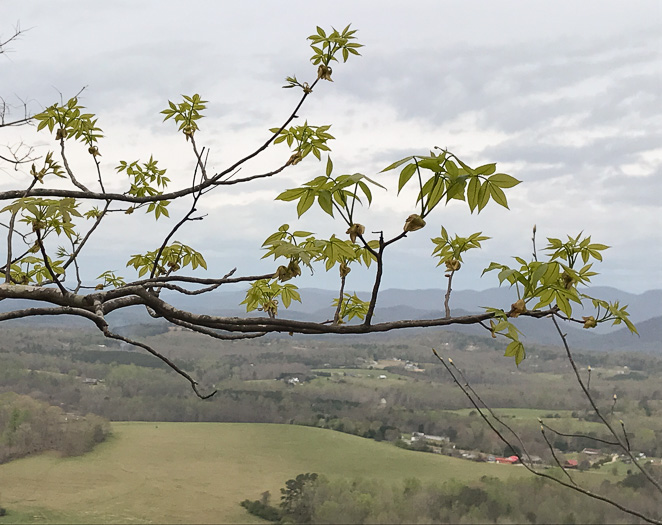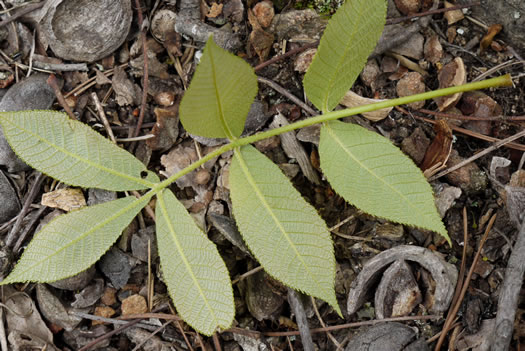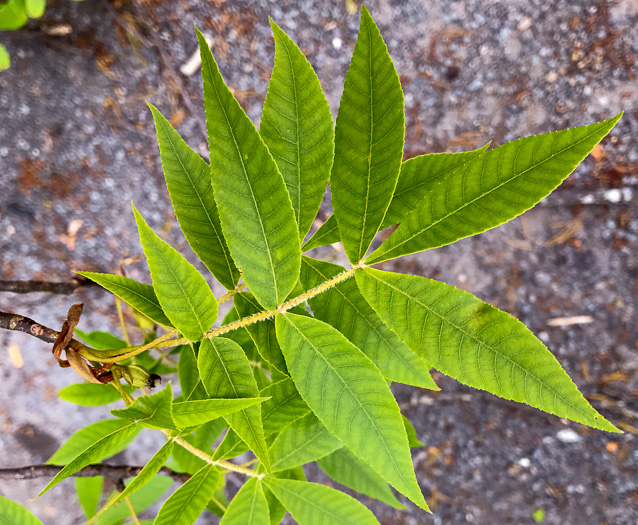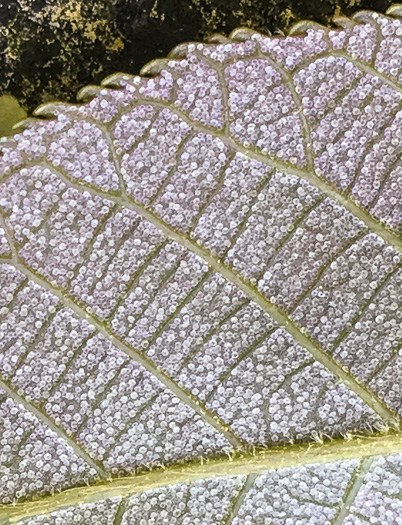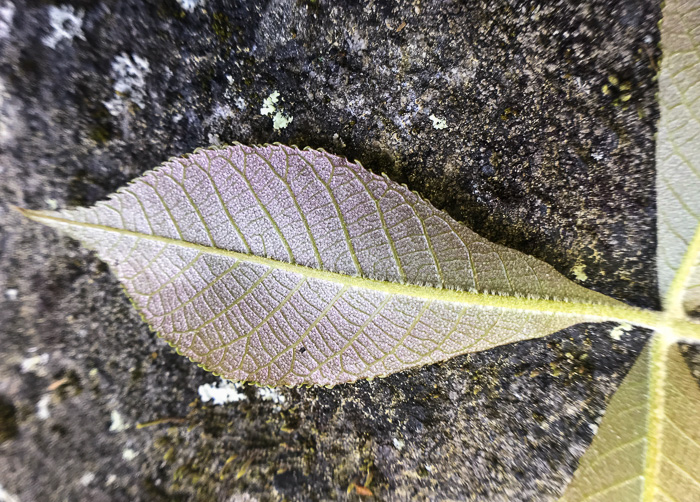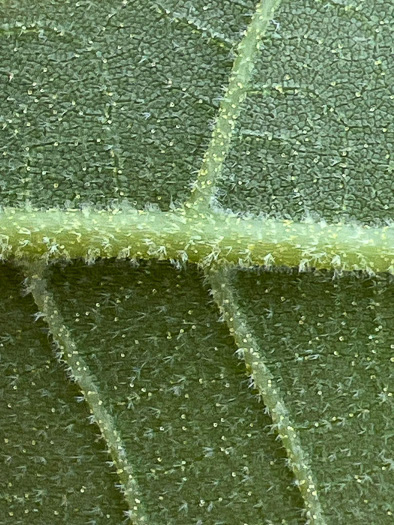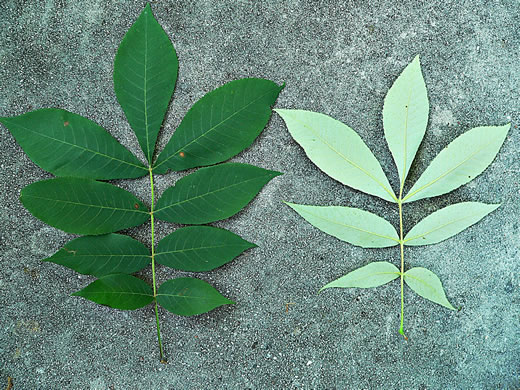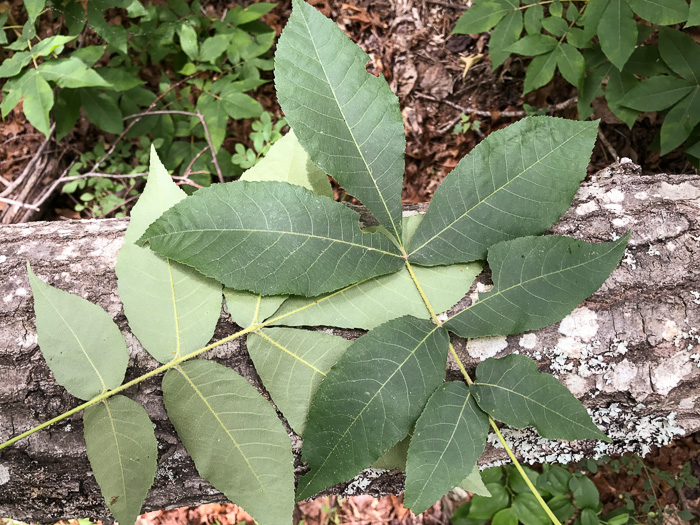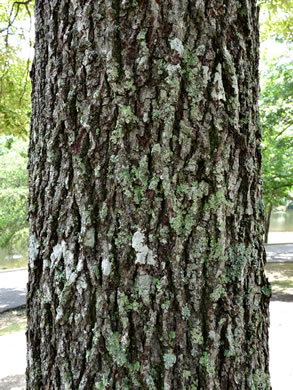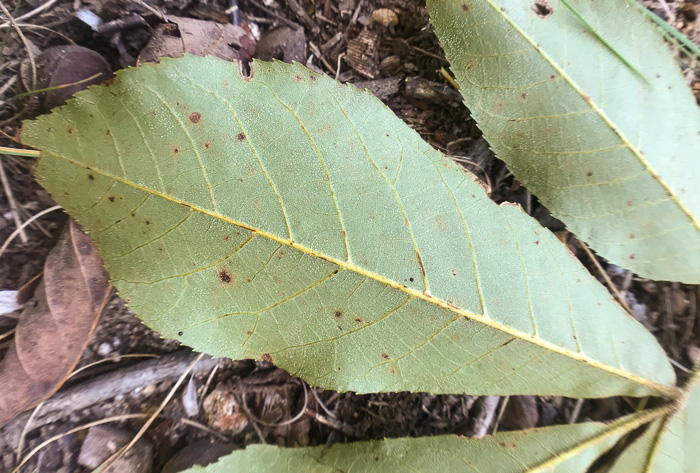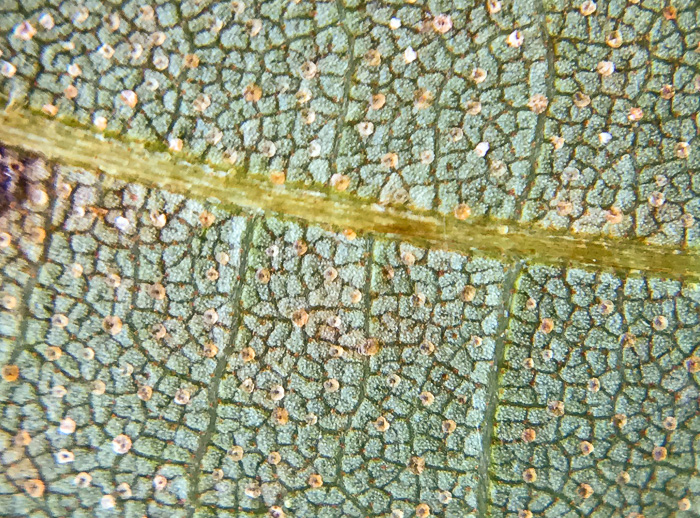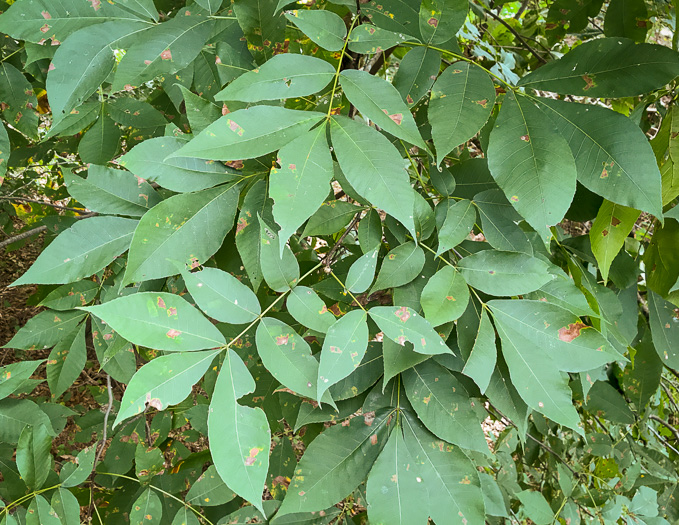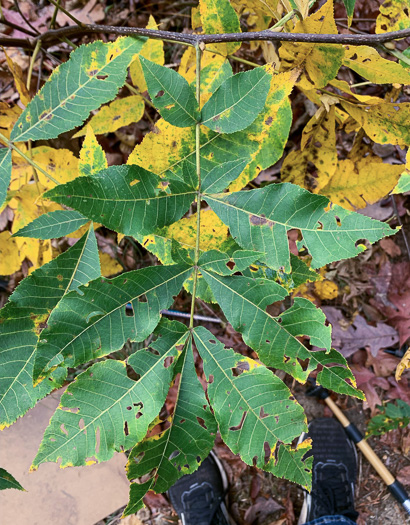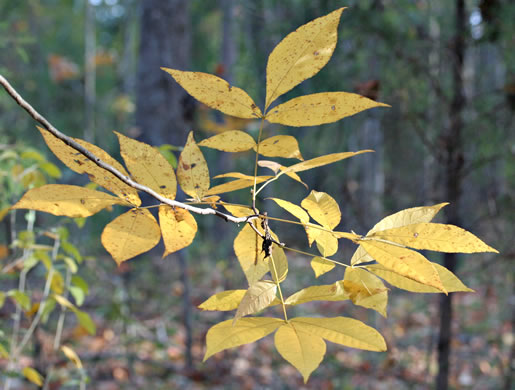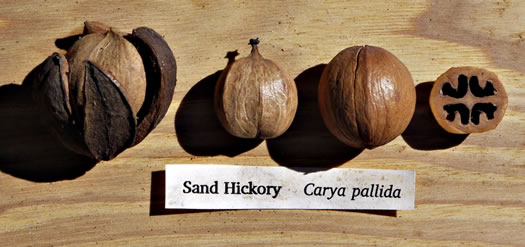Spermatophytes (seed plants): Angiosperms (flowering plants): Eudicots: Core Eudicots: Rosids: Fabids: Fagales
WEAKLEY'S FLORA OF THE SOUTHEASTERN US (4/24/22):
Carya pallida
FAMILY
Juglandaceae
Go to FSUS key
Dig deeper at SERNEC, a consortium of southeastern herbaria.
You may also want to check Trees, Shrubs, and Woody Vines of North Carolina
Read more about Sand Hickory at Vascular Plants of North Carolina.
SYNONYMOUS WITH
PLANTS NATIONAL DATABASE:
Carya pallida
FAMILY
Juglandaceae
SYNONYMOUS WITH Flora of North America
Carya pallida
SYNONYMOUS WITH VASCULAR FLORA OF THE CAROLINAS (Radford, Ahles, & Bell, 1968) 053-02-008:
Carya pallida FAMILY Juglandaceae
SYNONYMOUS WITH Manual of the Southeastern Flora (Small, 1933, 1938)
Hicoria pallida
COMMON NAME:
Sand Hickory, Pale Hickory
To see larger pictures, click or hover over the thumbnails.
Ron Lance jkm110219_651
Note variation in husk thickness & dehiscence, and nut shape, size & sweetness.
Richard and Teresa Ware rtw_carya_pallida_12
January
Outer darker bud scales falling away, exposing pale tight inner scales, per Woody Plants of the Southeastern US: A Winter Guide (Lance, 2004).
Richard and Teresa Ware rtw_carya_pallida_6
January
Bark is gray to nearly black and furrowed, per Woody Plants of the Southeastern US: A Winter Guide (Lance, 2004).
JK Marlow jkm110415_516
April Carroll County GA
Leaves with 5-9 leaflets (usually 7), each rather long-tipped, per Woody Plants of the Blue Ridge (Lance).
JK Marlow jkm200425_4105
April Pickens County SC
Glassy Mountain Heritage Preserve
Staminate flowers in prominent cylindrical catkins, per Native Trees of the Southeast, An Identification Guide (Kirkman, Brown, & Leopold, 2007).
JK Marlow jkm200425_4106
April Pickens County SC
Glassy Mountain Heritage Preserve
Leaflets rather long-tipped, slightly aromatic; rachis usually hairy, per Woody Plants of the Blue Ridge (Lance).
JK Marlow jkm230417_2532
April Greenville County SC
Bald Rock Heritage Preserve
A silvery tan color is imparted to leaflets' abaxial surfaces by the abundant peltate scales, per Flora of North America.
JK Marlow jkm230417_2538
April Greenville County SC
Bald Rock Heritage Preserve
Surfaces abaxially moderately to densely scaly in spring, per Flora of North America.
Alan S. Weakley asw_215444244570292
May Cumberland County NC
Carvers Creek State Park
Leaflet undersides quite pale, covered with many scales and hairs, per Vascular Plants of North Carolina.
Richard and Teresa Ware rtw_c_pallida_leaves_2_s
May Harris County GA
Unusual among hickories in having leaves pale beneath, per Trees of the Southeastern United States (Duncan & Duncan, 1988).
Ron Lance jkm110219_647a
Month Unknown
Husks 2-4mm thick, split to the base or only halfway. Nut slightly angled, per Woody Plants of the Southeastern US: A Winter Guide (Lance, 2004).
WEAKLEY'S FLORA OF THE SOUTHEASTERN US (4/24/22):
Carya pallida
FAMILY
Juglandaceae
SYNONYMOUS WITH
PLANTS NATIONAL DATABASE:
Carya pallida
FAMILY
Juglandaceae
SYNONYMOUS WITH
Flora of North America
Carya pallida
SYNONYMOUS WITH
VASCULAR FLORA OF THE CAROLINAS (Radford, Ahles, & Bell, 1968) 053-02-008:
Carya pallida
FAMILY
Juglandaceae
SYNONYMOUS WITH
Manual of the Southeastern Flora (Small, 1933, 1938)
Hicoria pallida
If a search such as "Carex leptalea var. leptalea" doesn't deliver the results you want, try "Carex leptalea".
Or, to minimize chances of a misspelling, try just "Carex le".
Less is more: If "pencil flower" doesn't deliver the results you want, try "pencil".

